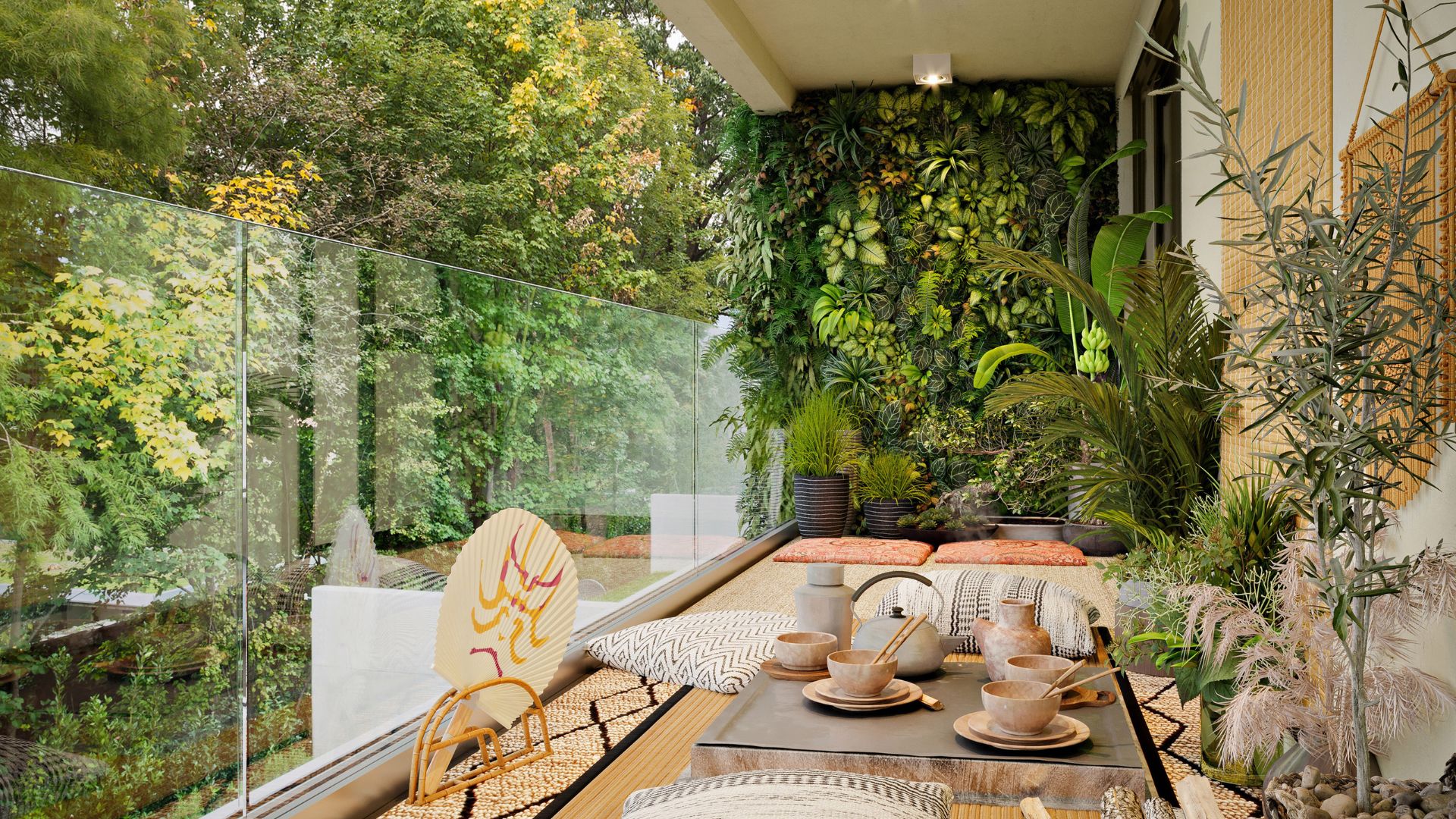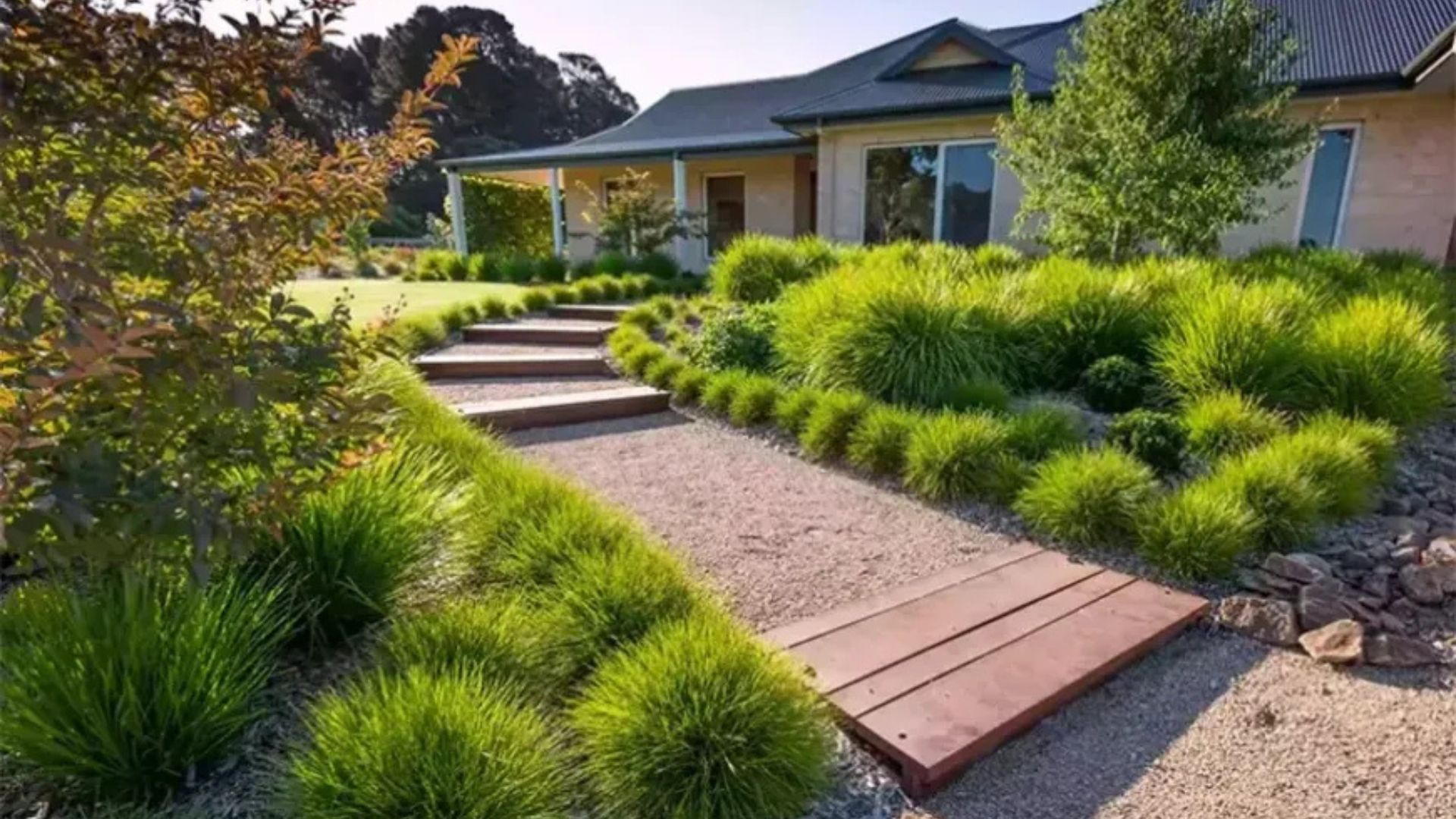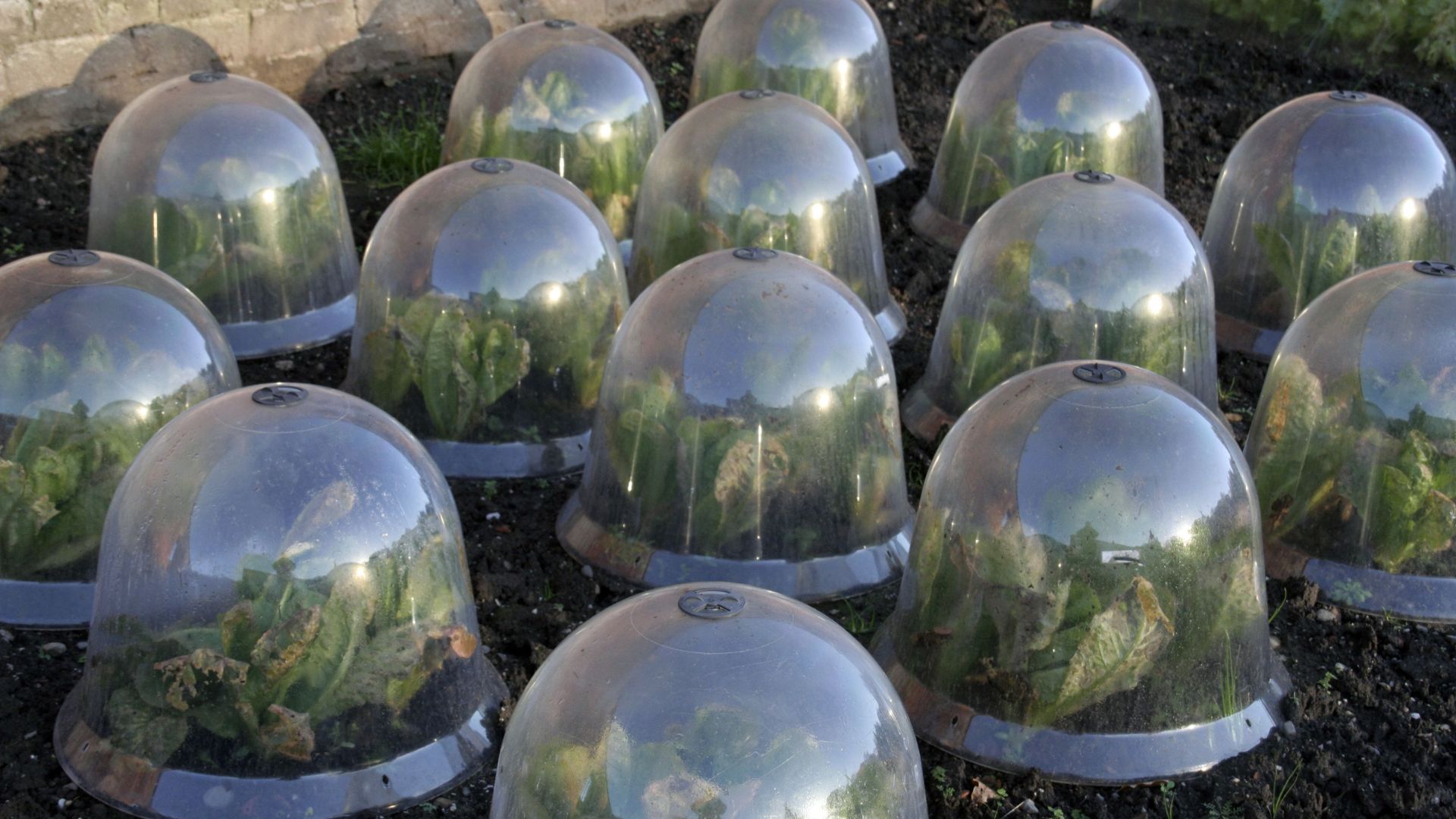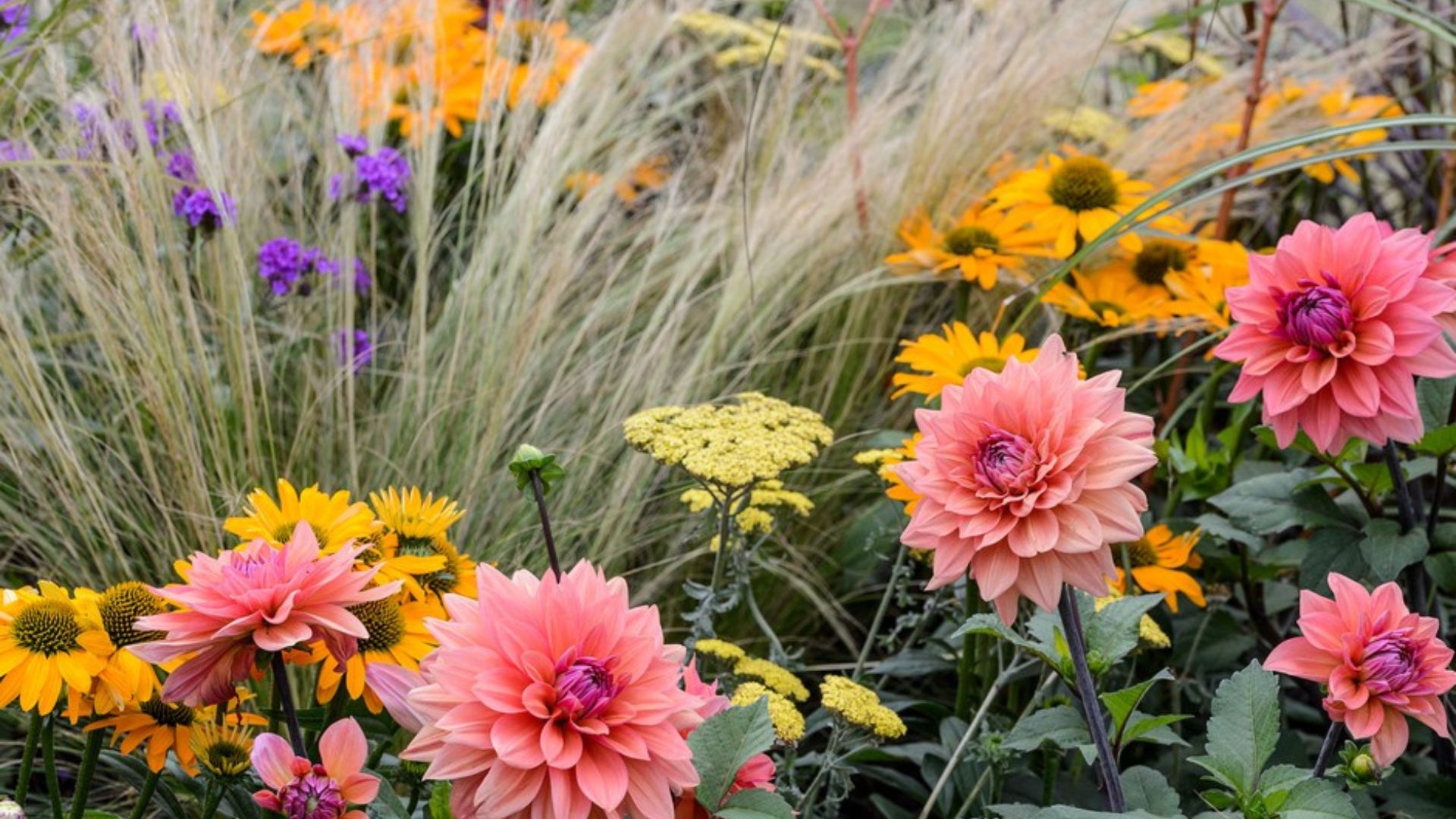Creating a balcony garden is a wonderful way to bring nature into your home, especially if you don’t have a yard. With the right outdoor plants and a little planning, your balcony can become a green, peaceful oasis perfect for relaxing or even growing some of your own food.
This guide will walk you through the steps to build a beautiful and thriving balcony garden.
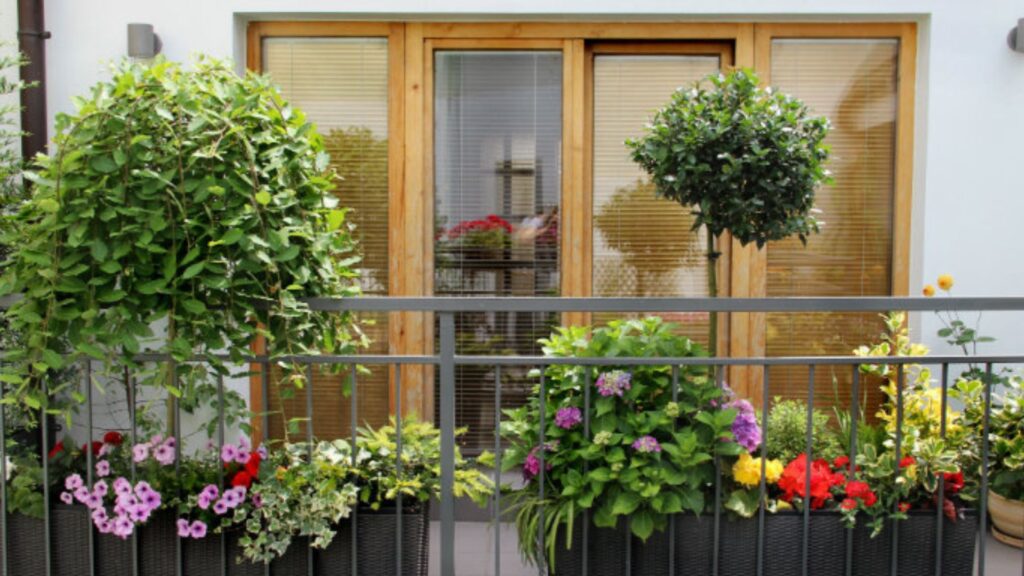
Why Create a Balcony Garden?
A balcony garden offers many benefits:
-
Adds greenery and beauty to small spaces.
-
Improves air quality around your home.
-
Provides fresh herbs, vegetables, or flowers.
-
Offers a calming, natural retreat.
-
Uses space efficiently in urban living.
Step 1: Assess Your Balcony Space
Before buying plants, take a close look at your balcony:
-
Size: Measure how much space you have for pots or planters.
-
Light: Notice how much sunlight the balcony gets each day (full sun, partial, or shade).
-
Weight Limit: Check if your balcony has weight restrictions to avoid overloading.
Step 2: Choose the Right Containers
Pick containers that fit your space and plants:
-
Use pots, window boxes, or hanging baskets.
-
Opt for lightweight materials like plastic or fiberglass if weight is a concern.
-
Ensure containers have drainage holes to avoid waterlogging.
-
Consider vertical planters or shelves to save floor space.
Step 3: Select Suitable Outdoor Plants
Choose plants that thrive in your balcony’s light and weather conditions:
-
Full sun balconies: Tomatoes, peppers, lavender, rosemary, marigolds.
-
Partial shade: Ferns, begonias, impatiens, herbs like mint and parsley.
-
Shade: Hostas, coleus, ivy, ferns.
Also, think about plants that attract pollinators like bees and butterflies.
Step 4: Prepare Potting Mix and Plant
Use good-quality potting soil designed for containers:
-
Fill your pots with fresh soil.
-
Water plants thoroughly after planting.
-
Add mulch on top to retain moisture and reduce weeds.
Step 5: Water and Maintain Regularly
Container plants dry out faster than garden beds:
-
Water when the soil feels dry about an inch below the surface.
-
Avoid overwatering, which can cause root rot.
-
Fertilize every few weeks with a balanced liquid fertilizer.
Step 6: Arrange Your Plants Creatively
Make your balcony garden visually appealing:
-
Group plants with similar water and light needs together.
-
Use plant stands or shelves to create layers.
-
Hang plants at different heights for dimension.
-
Add garden décor like fairy lights or small statues.
Tips for Success
-
Rotate pots occasionally to ensure even sunlight exposure.
-
Keep an eye out for pests and treat them promptly with natural remedies.
-
Prune regularly to encourage healthy growth.
-
Protect delicate plants from strong winds or heavy rain.
Conclusion
Creating a balcony garden with outdoor plants is an enjoyable way to bring life and color to your living space. By assessing your space, choosing the right containers and plants, and maintaining them well, you’ll have a lush, green balcony that you can enjoy year-round. Start small, be patient, and watch your garden flourish.






